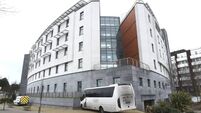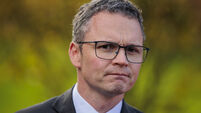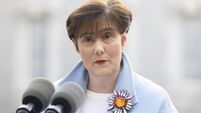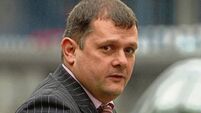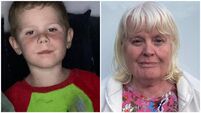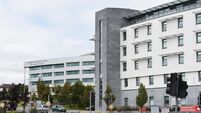Parents meet with politicians over lack of adequate children's healthcare
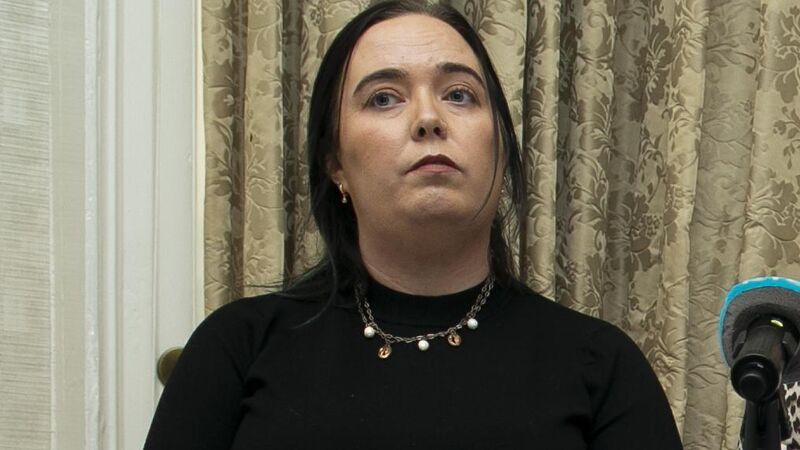
Amanda Coughlan Santry is co-founder of the Spina Bifida Hydrocephalus Paediatric Advocacy Group. Picture: Gareth Chaney/Collins
Parents of children with spina bifida and scoliosis meet politicians today and will call for promises of reform in children’s care to be acted upon.
Families are hoping a renewed political focus on services following the tragic death of Harvey Morrison Sherratt will bring more action.




